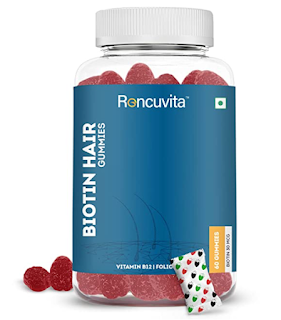whetstone knife sharpening stone set
Knife Sharpening Stones
A knife honing stone, otherwise called a whetstone knife sharpening stone or a Japanese waterstone, is a square of stone intended to sharpen constantly the edges of blades. The name whetstone comes from the action word "whet" which intends to hone. Because of their plan – they are regularly level with no constrictive edges – they are additionally utilized for honing most things that have an edge, like scissors, razors and apparatuses including etches and planes.
They are not especially energizing to take a gander at yet they take care of business. As you can see from the image above they by and large accompany two distinct grades, one on each side. There will be a coarser side that will treat the sharp edge somewhat more generally than the better side which will treat your knife with somewhat more consideration and love.
You will utilize the side you need to utilize contingent upon your knife and how much special attention it requires.
Knife Sharpening Stone – Usage
Whichever stone you settle on, it will accompany guidelines for their appropriate use since they do shift a little among makes and models. Some honing stones require absorbing water before use for around 10 minutes. Some need to be made wet, and some can be oiled. Note – in the event that you oil a whetstone you can't utilize it with water from, on. You generally start with the coarser side of the stone and end up with the best side. The activity is something very similar on each knife sharpening stone. You place the impact point of the knife on the stone and raise it to the necessary point. Then, at that point delicately clear the knife in a curve across the stone and towards you. You rehash this activity for each side of the knife.
The significant thing to recollect when you initially begin to utilize a honing stone Best knife sharpener is to unwind! Take as much time as necessary and focus on the thing you are doing. As referenced previously, in the event that you are not that sure or simply need to practice regardless, then, at that point don't utilize your costly blades. Get the method directly on a less expensive knife, for good measure.
With respect to how much strain to apply – simply utilize the heaviness of the knife to apply the tension on the stone, you don't have to push down any longer than that. Ensure you hone the two sides of the knife similarly. Follow the producer's rules with respect to keeping the whetstone sodden all through the honing interaction. You'll before long be honing your blades like an ace in a matter of moments.
Knife Sharpening Stone – Care
It's not difficult to care for honing stones – basically wash them in clean water after each utilization.
Knife Sharpening Stone – History
It's anything but known precisely when honing stones or whetstones began yet it's numerous years prior that is without a doubt. This is an old whetstone accept to date from 720-1000AD! It was found in 2011, in the United Kingdom in an area called Suffolk.
Knife Sharpening Stone – Modern Day
The honing stones you can purchase presently haven't advanced a ton from the one found previously. The principle distinction is that they accompany two grades on each side (aside from the new tri-stone from Wusthof that has three, see beneath). The grade of the coarseness is alluded to by a number. You may expect to be something else however, the more modest the number equivalents the coarser the coarseness. In this way, on the off chance that you are new to honing stones and not certain with their utilization, then, at that point decide in favor alert and settle on a better coarseness (bigger number) as you will be more averse to harm your Kitchen knife set while you are consummating your honing abilities.
On the off chance that you investigate coarseness evaluations you may run over various letters. Try not to be befuddled – the numbers simply allude to the way that there are two acknowledged principles for coarseness evaluations. There is the Japanese norm (J) and afterward the European FEPA (F) standard.




Comments
Post a Comment